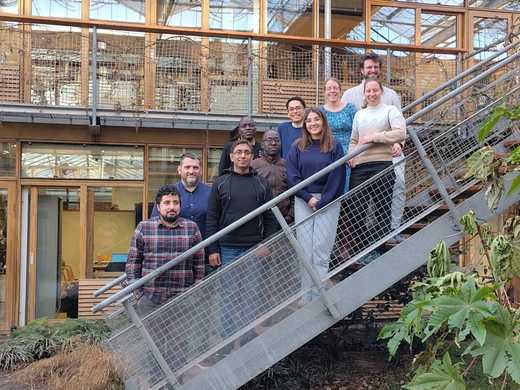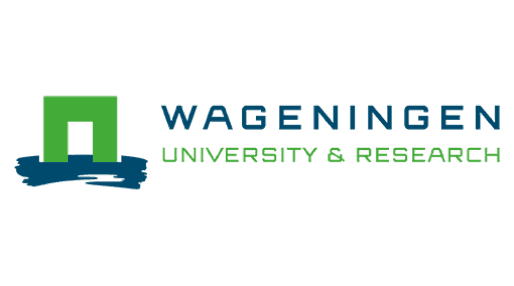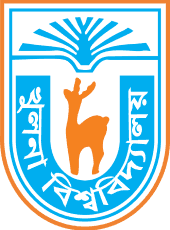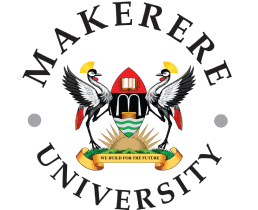
About WaterPath
What is the WaterPath Toolkit?
WaterPath is an open-source modelling toolkit for quantifying and visualising the impact of climate change and socio-economic development on waterborne pathogens and AMR bacteria in surface water and consequent disease risk.
We envisage that the WaterPath Toolkit becomes the main point of reference for modelling population exposure to waterborne diseases in future climate scenario analysis. Targeting a diverse audience of users: scientists, modellers and data scientists, software engineers and policy makers, we are creating a unique community of practice that will participate in the conceptualization and testing of the Toolkit.
What does it do?
The toolkit provides knowledge for stakeholders on main patterns in pathogen concentrations and disease risk now and in the future (2030, 2050, 2100). Additionally, it presents the main sources of contamination and interventions. Moreover, for modellers, the toolkit provides open access to the Global Waterborne Pathogen (GloWPa) model and the data required for the model (present and future scenarios). In the project we will develop the GloWPa model further to include extreme events and Quantitative Microbial Risk Assessment globally and for case-study regions. The developed model and toolkit will help stakeholders to identify and mitigate potential waterborne pathogen problems and associated health risks.
What is the GloWPa model?
The GloWPa (Global Waterborne Pathogen) model simulates emissions and concentrations of pathogens (currently Cryptosporidium and rotavirus) to/in surface water. These pathogens are known to be a leading cause of diarrhoeal diseases globally. GloWPa focuses on human and livestock emissions of pathogens that end up in surface water systems through various pathways. Read more about GloWPa in our introductory documentation.
Who is developing the Toolkit?
The model and toolkit is developed by four organisations:
- Wageningen University, represented by P.I. Dr. Nynke Hofstra, postdoc Dr. Stijn Peters and model developer and programmer Lisanne Nauta from the Water Systems and Global Change group. The team brings the GloWPa model to the project and leads the overall project activities and GloWPa extensions.
- Venthic Technologies, represented by Panagis Katsivelis and other team members. Venthic develops the user-facing side of the Toolkit, ie. all the digital tools that to be used by stakeholders. The team also provides guidance on aspects of data management and open source practices.
- Khulna University, represented by Prof. Wasim Sabir and postdoc M.M. Majedul Islam from the Environmental Science Discipline The team brings experience with water quality modelling, in addition to experience in developing the QMRA part of the model. Khulna University will help implement use cases for Bangladesh and will work with engaging relevant stakeholders.
- Makerere University, represented by Dr. Richard Mugambe and postdoc Daniel Okaali from the School of Public Health. The team brings expertise in public health and exposure assessment, together with experience of using the GloWPa model in socio-economic development and climate change scenario analysis and risk assessment in Uganda. Makerere University will also develop the Concentrations part of the model and will engage with local stakeholders in Uganda.

Who is funding the WaterPath Toolkit development?
The WaterPath Toolkit has received funding by the Wellcome Trust Foundation (Grant ref.: 226078/Z/22/Z).



